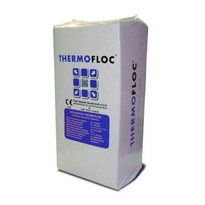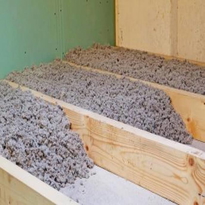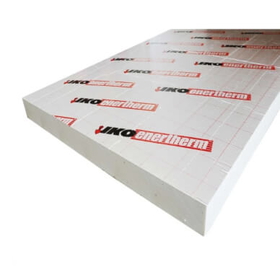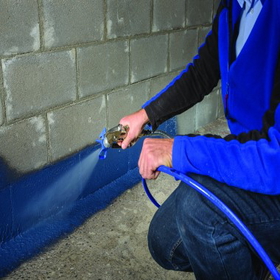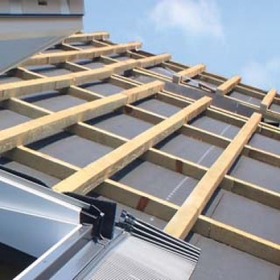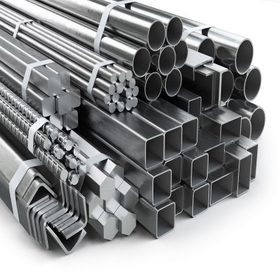Similar Categories
The Complete Guide to Cellulose Insulation in the UK
Cellulose insulation represents a sustainable and highly effective solution for UK properties, offering exceptional thermal performance while maintaining strong environmental credentials. This recycled newspaper-based insulation can reduce energy bills by 20-50% when properly installed.
What is Cellulose Insulation?
Cellulose insulation is a natural, environmentally friendly insulation made primarily from recycled newspaper. The material is treated to make it fire-resistant and mould-resistant, ensuring durability and safety. Thermofloc cellulose insulation, one of the leading brands, is known for its high R-value per inch, offering excellent thermal performance.
Benefits of Cellulose Insulation
-
Sustainability – Cellulose insulation is made from up to 85% recycled newspaper, reducing waste and lowering the environmental impact of building projects.
-
High Thermal Performance – Cellulose insulation has a high R-value of 3.2-3.8 per inch of thickness, performing 20-30% better than fiberglass insulation at reducing heating energy.
-
Cost-Effective – Blown-in cellulose insulation is often more affordable than foam insulation or fiberglass insulation, offering lower material costs and reduced energy bills.
-
Sound Insulation – With an installed density of 40 kg/m³, cellulose provides excellent sound reduction, minimising airborne noise and creating quieter living spaces.
-
Non-Toxic and Non-Irritant – Thermofloc is non-toxic and non-irritant, ensuring safe installation without health risks.
-
Fire Safety – Treated with mineral fire retardants, cellulose insulation slows flame spread and provides additional building protection.
Applications of Cellulose Insulation
-
Loft Insulation – Loose-fill cellulose insulation is commonly used for loft insulation to improve energy efficiency.
-
Wall Insulation – Cellulose can be dense-packed into wall cavities, providing comprehensive thermal insulation.
-
Existing Insulation – Cellulose insulation can be added over existing insulation to enhance performance.
-
Floor Insulation – Ideal for floors, offering a cost-effective way to insulate and improve comfort.
How is Cellulose Insulation Installed?
-
Blown-In Application – Blown cellulose insulation is installed by blowing loose fibres into wall cavities, loft spaces, or floors using specialised equipment.
-
Dense-Pack Installation – For wall cavities, cellulose is densely packed to ensure maximum thermal resistance.
-
Moisture Management – Cellulose insulation can absorb nearly one-third of its weight in moisture while remaining dry to the touch, helping to regulate indoor humidity and prevent condensation.
Why Choose Thermofloc Cellulose Insulation?
-
Natureplus Certified – Thermofloc is the first cellulose insulation to receive the Natureplus mark of quality and sustainability.
-
Non-Toxic and Safe – Thermofloc is non-toxic, making it a safe and healthy choice for homeowners and builders.
-
Available in 12kg Bags – Thermofloc cellulose insulation is available in 12kg bags, making it easy to transport and install.
-
Thermal and Acoustic Properties – Thermofloc offers excellent sound insulation and reduces heat loss effectively.
Key Features of Cellulose Insulation
-
Fire and Mould Resistant – Cellulose insulation is treated to resist fire and prevent mould growth.
-
Thermal Conductivity – Provides a high level of thermal insulation with superior R-value per inch.
-
Flexible Application – Suitable for walls, floors, lofts, and roofs.
-
Eco-Friendly Manufacturing – Thermofloc insulation is manufactured from recycled newspaper, contributing to circular economy practices.
Comparison to Other Insulation Types
-
Better than Fiberglass – Cellulose insulation often performs better than fiberglass insulation in terms of thermal performance and sustainability.
-
Alternative to Foam Insulation – Blown-in cellulose insulation provides a natural alternative to spray foam insulation.
-
More Sustainable – Cellulose is considered more environmentally friendly than many conventional insulation products.
Installation Considerations
-
Cellulose Insulation Can Settle – Over time, cellulose may settle, requiring installers to account for additional material to maintain desired performance.
-
Thickness and Application – Ensuring the right insulation thickness is essential for achieving the best R-value.
-
Moisture Protection – While cellulose insulation has mould-resistant properties, appropriate moisture barriers should still be used in damp environments.
Conclusion
Cellulose insulation continues to gain popularity in the UK construction sector as a sustainable, high-performance solution that combines excellent thermal properties with strong environmental benefits. Thermofloc loose-fill cellulose insulation offers a high-performance, non-toxic, and eco-friendly solution for wall insulation, loft insulation, and floor applications. By choosing cellulose insulation, homeowners can improve energy efficiency, reduce carbon footprints, and enjoy long-lasting insulation performance. Whether you're undertaking a retrofit project or insulating a new build, cellulose insulation provides an excellent alternative to conventional materials.
